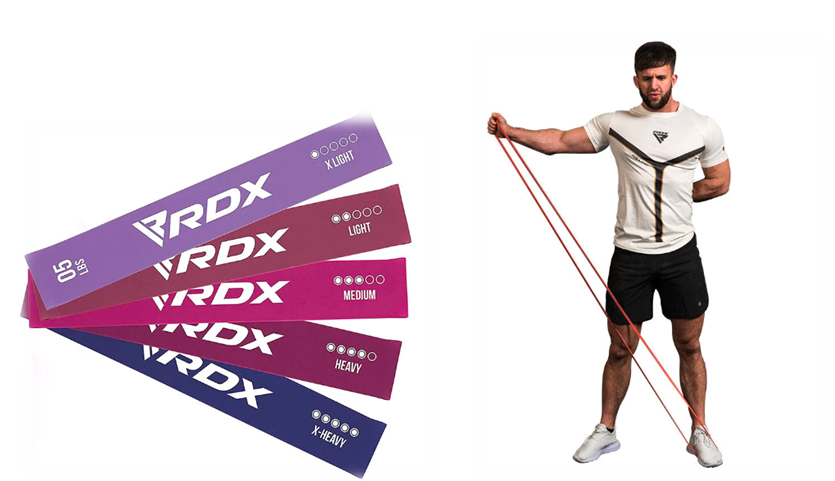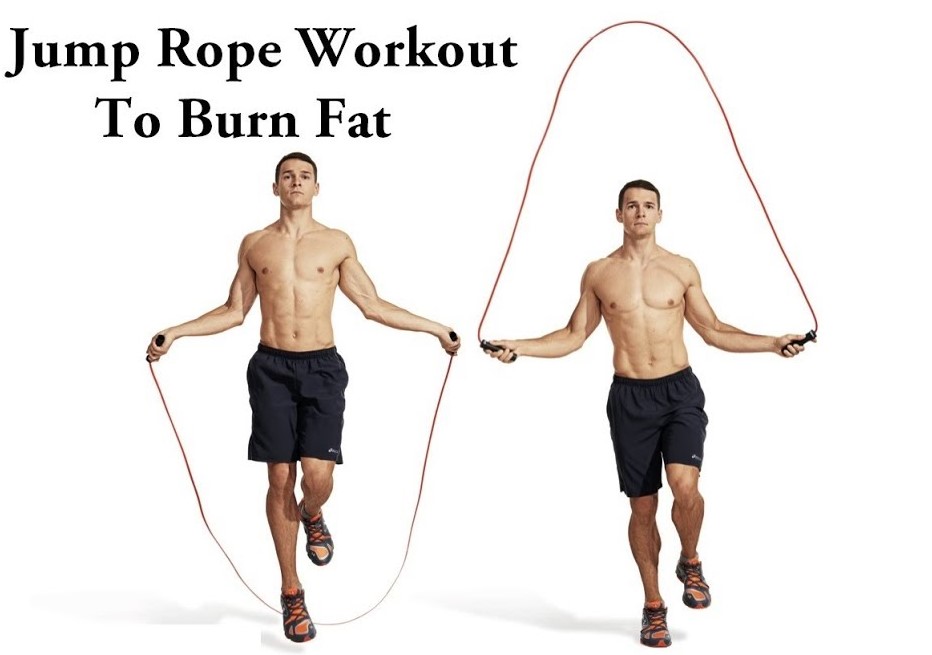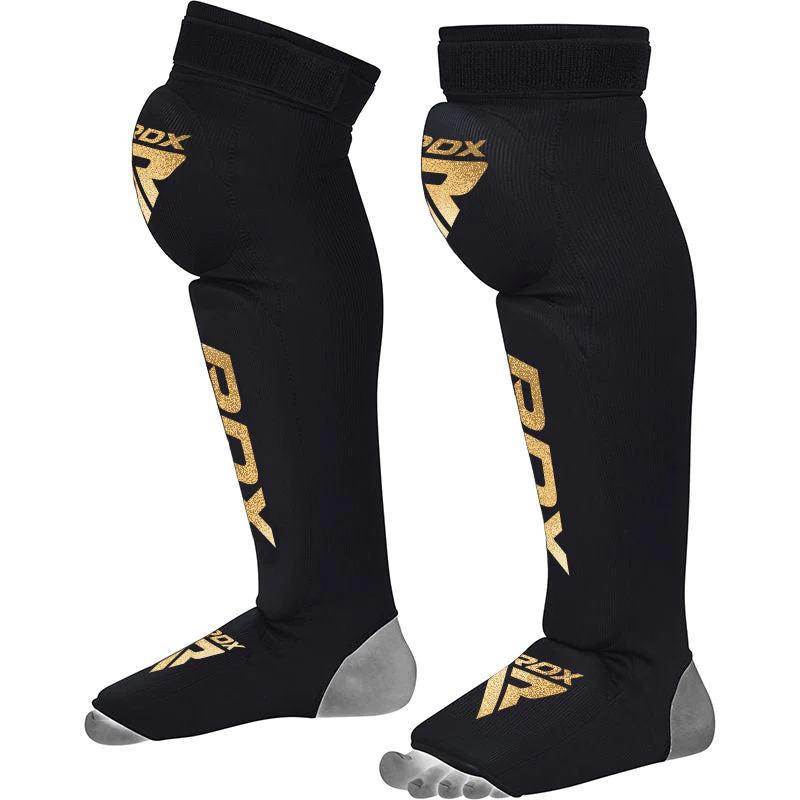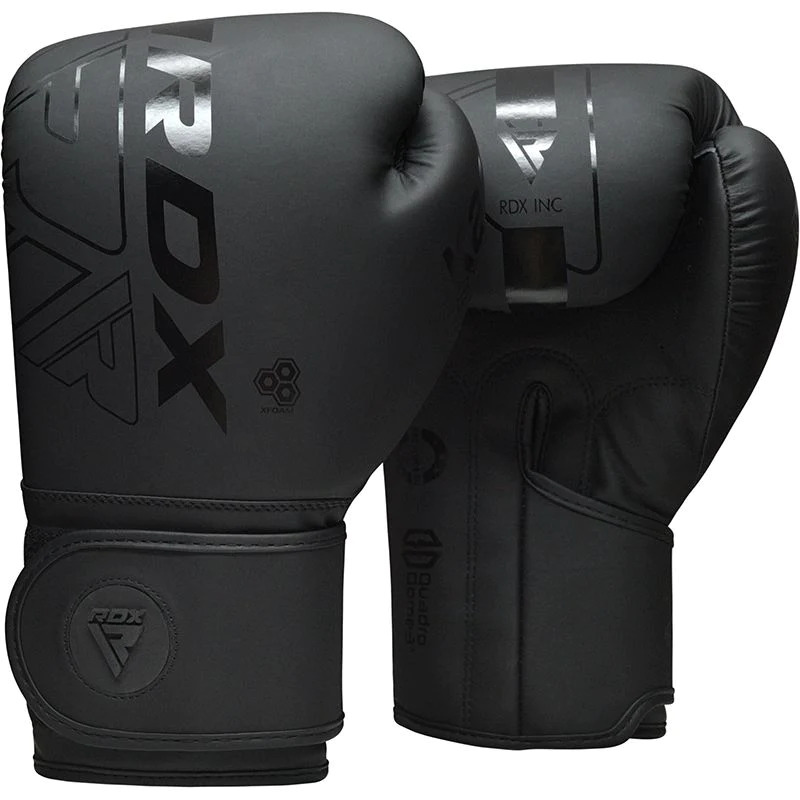 Core Web Vitals Boost – Speed Up Your Site & Your SEO!
Core Web Vitals Boost – Speed Up Your Site & Your SEO!
Resistance Bands: A Versatile and Effective Fitness Tool
Written by david » Updated on: June 17th, 2025

Resistance bands have become increasingly popular in the fitness world due to their versatility and effectiveness. These simple yet powerful bands can be used for various exercises targeting various muscle groups. Whether you're a beginner or an experienced athlete, bands can be a valuable addition to your workout routine. In this article, we'll explore the benefits of bands, the different types available, how to use them effectively, and much more.
Benefits of Using Resistance Bands
Resistance bands offer several benefits that make them a preferred choice for many fitness enthusiasts. Some of the key benefits include:
Portability
Resistance bands are lightweight and compact, making them easy to carry anywhere. You can easily pack them in your bag and take them with you on trips or to the gym.
Versatility
Resistance bands can be used to target various muscle groups and can be easily adapted to different fitness levels. They can be used for strength training, physical therapy, stretching, and more.
Cost-Effective
Compared to traditional gym equipment, bands are much more affordable. You can get a full-body workout with just a set of bands, saving you money on expensive gym memberships or equipment.
Joint-Friendly
Resistance bands provide a low-impact workout, making them ideal for people with joint issues or those recovering from injuries. They allow you to strengthen your muscles without putting too much strain on your joints.
Effective Muscle Activation
Resistance bands create constant tension in your muscles throughout the entire range of motion, leading to better muscle activation and growth.
Types of Resistance Bands
There are several types of bands available, each with its own unique features and benefits. Some of the most common types include:
Loop Bands
Loop bands, also known as mini bands or hip bands, are small, continuous loops of rubber or fabric. They are commonly used for lower body exercises, such as squats, lunges, and glute bridges. Loop bands come in different resistance levels, allowing you to gradually increase the intensity of your workouts.
Tube Bands
Tube bands consist of a rubber tube with handles on each end. They are versatile and can be used for both upper and lower-body exercises. Tube bands typically come with interchangeable handles and can be adjusted to different resistance levels.
Figure 8 Bands
Figure 8 bands, as the name suggests, are shaped like the number 8. They are often used for upper body exercises, such as bicep curls, shoulder presses, and chest flies. Figure 8 bands provide a comfortable grip and are suitable for people of all fitness levels.
How to Use Resistance Bands
Resistance bands can be used in a variety of ways to target different muscle groups. Here are some exercises you can try using bands:
Upper Body Exercises
Bicep curls
Triceps extensions
Shoulder presses
Chest flies
Lat pull-downs
Lower Body Exercises
Squats
Lunges
Glute bridges
Leg curls
Calf raises
Full Body Exercises
Squat to shoulder press
Deadlights
Woodchoppers
Plank with leg lifts
Russian twists
Resistance Bands for Strength Training
Resistance bands can be a valuable tool for strength training, helping you build muscle and improve your overall strength. By incorporating bands into your strength training routine, you can add variety to your workouts and target different muscle groups effectively.
Resistance Bands for Physical Therapy
Resistance bands are commonly used in physical therapy to help patients recover from injuries or surgery. They can be used to improve strength, flexibility, and range of motion in a gentle and controlled manner.
Resistance Bands for Stretching
Resistance bands can also be used for stretching exercises to improve flexibility and mobility. They can help you stretch deeper and target specific muscle groups that may be tight or sore.
Tips for Using Resistance Bands Safely
Choose the right resistance level: Start with a lighter resistance band and gradually increase the resistance as you get stronger.
Use proper form: Pay attention to your form and technique to avoid injury.
Warm up before use: Warm up your muscles before using bands to prevent injury.
Incorporate rest days: Give your muscles time to rest and recover between workouts.
Common Mistakes to Avoid When Using Resistance Bands
Using improper form: Always use proper form to avoid injury and maximize the effectiveness of your workout.
Using the wrong resistance level: Using a resistance band that is too light or too heavy can reduce the effectiveness of your workout.
Neglecting other forms of exercise: While resistance bands are effective, it's important to incorporate a variety of exercises into your routine for overall fitness.
Buying Guide for Resistance Bands
When shopping for bands, consider the following factors:
Resistance level: Choose a resistance band that matches your fitness level and goals.
Material: Look for high-quality; durable materials that can withstand repeated use.
Handles: If you're using tube bands, make sure the handles are comfortable and easy to grip.
Price: While price shouldn't be the only factor, it's important to find a resistance band that fits your budget.
Conclusion
In conclusion, resistance bands are a versatile and effective fitness tool that can help you achieve your fitness goals. Whether you're looking to build strength, improve flexibility, or recover from an injury, bands can be a valuable addition to your workout routine. By using bands correctly and incorporating them into your workouts, you can take your fitness to the next level.
Note: IndiBlogHub features both user-submitted and editorial content. We do not verify third-party contributions. Read our Disclaimer and Privacy Policyfor details.
Copyright © 2019-2025 IndiBlogHub.com. All rights reserved. Hosted on DigitalOcean for fast, reliable performance.














